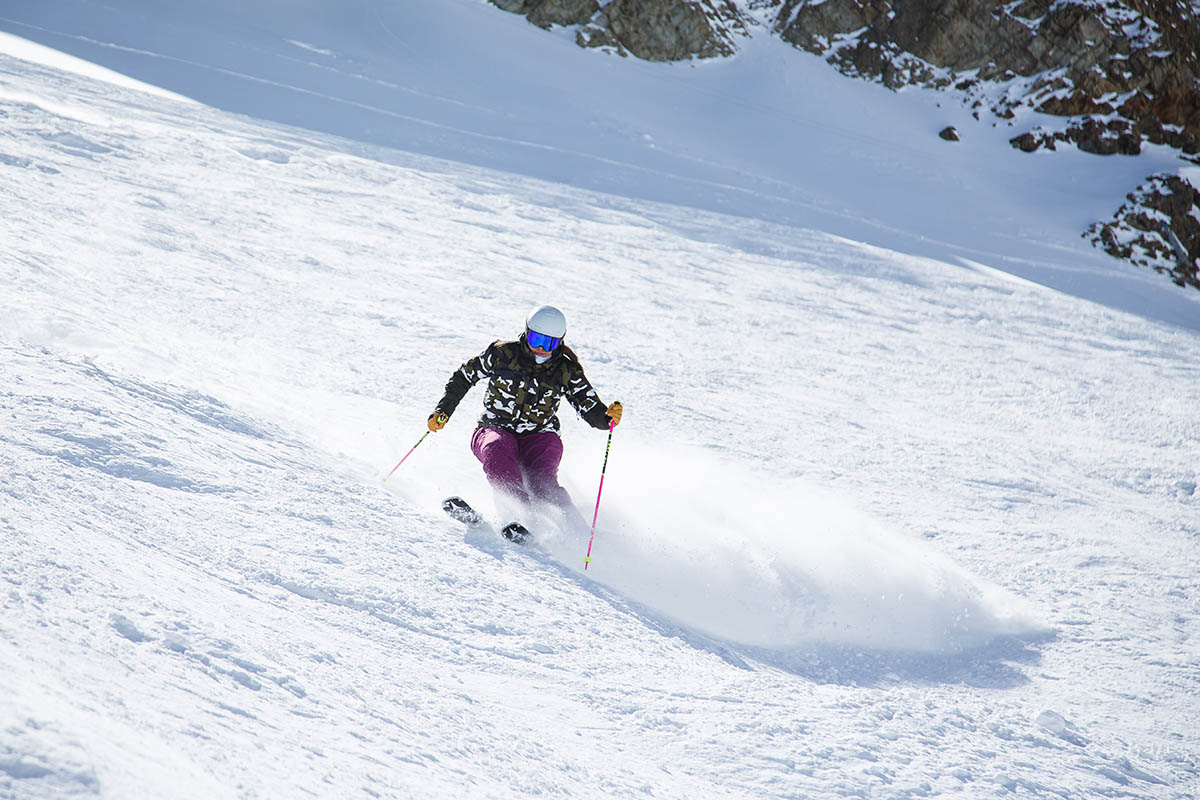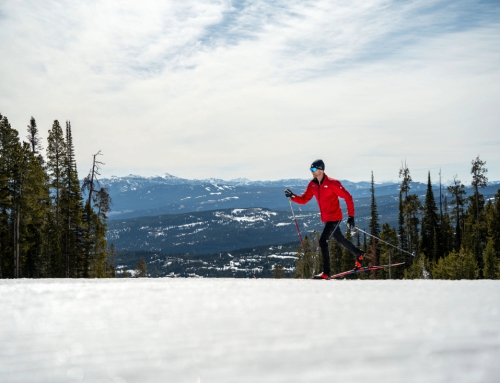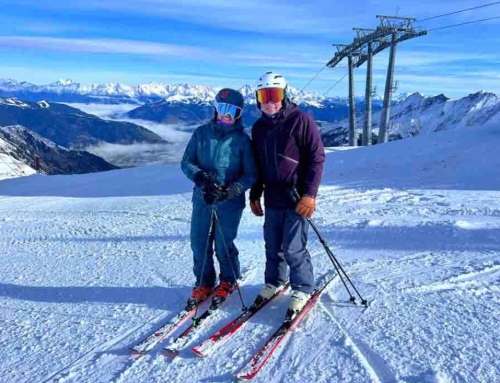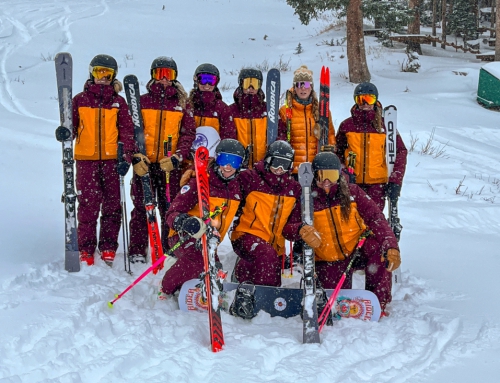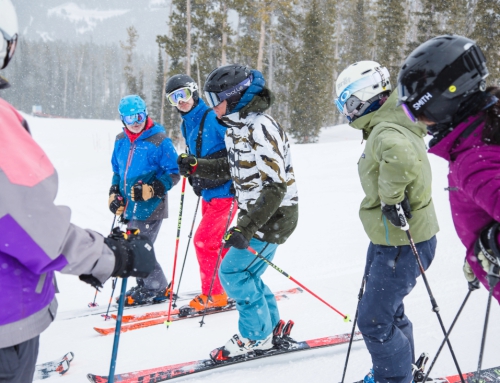32 Degrees: How to Apply Pressure Control in the Bumps
This article by PSIA Alpine Team member Zoe Mavis appeared in the Fall Issue 2022 Issue of 32 Degrees. You can read the entire magazine right here.
When discussing technical elements of skiing – especially PSIA’s Alpine Skiing Fundamentals – you may get the sense that you’re dealing in absolutes – very specific ways of applying any given skill. The great thing about technical fundamentals, however, is that they can be blended in different ways to create different outcomes. When you’re carving on blue terrain, your skis will do something different than when you’re descending a steep, narrow chute. Both situations require all five of the technical fundamentals (see sidebar) but in different ways.
Alpine Skiing Fundamentals
- Control the relationship of the center of mass to the base of support to direct pressure along the length of the skis.
- Control pressure from ski to ski and direct pressure toward the outside ski.
- Control edge angles through a combination of inclination and angulation.
- Control the skis’ rotation with leg rotation, separate from the upper body.
- Regulate the magnitude of pressure created through ski/snow interaction.
Pressure Skills in the Bumps
When skiing bumps, it’s easy to feel the need to create outcomes similar to skiing on groomed terrain. This is where it’s helpful to have situational awareness of the changes that might happen when skiing in different terrain. One fundamental in particular that we may blend differently in the bumps involves regulating the magnitude of pressure through ski/snow interaction.
How often do your clients have a hard time going off groomed and into some bumpy terrain? They may feel great with their technical ability on-piste and then find it falls apart once they venture off the groomer.
The obvious reason for this is the variability in terrain. When the terrain is choppy and unpredictable, skiers must deal with unforeseen and unexpected forces, and one of the best ways to manage forces from either pressure or terrain is through flexion and extension movements. The more effective skiers are at using these movements to regulate the magnitude of pressure, the more effective they are at managing variable terrain.
What often happens in the bumps is that a skier will find a bit of a rhythm and then, upon hitting a bump that’s unexpected, their body gets thrown forward or backward, putting them out of balance. The way in which we manage pressure and terrain affects how we balance on the ski. Most skiers use more of their upper body to regulate pressure than they need to. If you watch a skier in a skier cross race or freestyle bump competition, you’ll notice their upper body tends to stay stable and strong. They use their legs to absorb any terrain changes they encounter.
Retraction Pivot Slips to the Rescue
Retraction pivot slips in the bumps will help you, and your students, practice some of these movements. Starting on top of a bump, encourage your students to pivot their skis around the bump and – once they reach the next bump in line – draw up their legs to absorb the terrain. The key to this movement is to allow the terrain to help with the retraction move. Instead of fighting against the bump, they can use it to help their knees to come up and their ankles to flex.
Doing this slowly is a great way to feel some of the sensations of working with the terrain instead of against it. Once they have some ownership of the sensations involved, they can start to move faster down the hill. If your students are unable or unwilling to practice on the bumps, you can work with them on the same movements on a somewhat steep groomed hill.
Hopefully, the next time they venture into variable terrain, these ideas will resurface and prompt deeper exploration. No matter where a skier is in their journey and development, there will always be situations where they’ll will want to blend the fundamentals differently to achieve their desired outcomes. Even though the fundamentals use specific language, that doesn’t mean that you and your students shouldn’t apply them in different ways. It’s always a good idea to keep an open mind and explore some variation in how skills are applied for any given situation.
Zoe Mavis is a member of the PSIA-AASI National Team, based in Big Sky, Montana. An alpine examiner in the Northern Rocky Mountain region, her credentials also include Cross Country Level I, Children’s Specialist 2, Freestyle Specialist 1. In addition, she is a United States Ski & Snowboard Association Level 200 coach.

